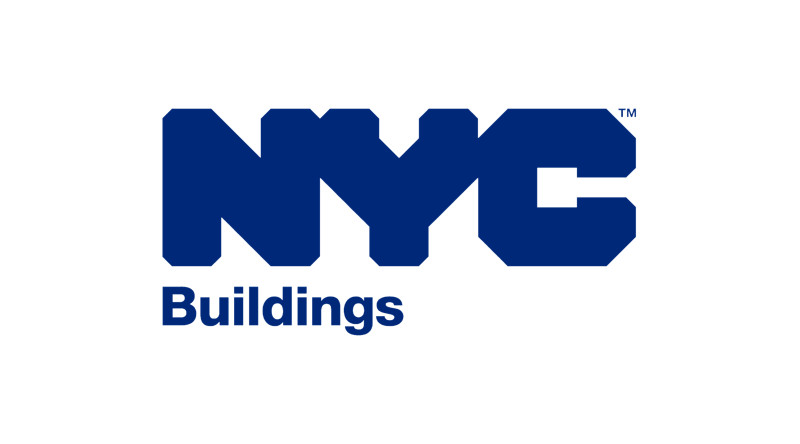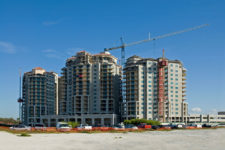The Department of Buildings published a number of Service Updates for recent rule changes or new regulations passed by the city council. Here’s details on a few key Updates to keep your properties compliant in 2018:

|
1. Construction Safety Training (LL 196/17)Safety training requirements are being phased in across three stages, ending in 2020. Per the law, workers and supervisors at specific construction sites must have the following training under their belt, at a minimum, as of March 1, 2018:
Training received before 10/16/17 will be acceptable in any format (online, in person, etc.). After that date, training must be either in person or actively proctored online training (where your ID is verified and your participation during the training is monitored). Starting in March, permit holders must keep a log of all workers and proof of their training completion. Soon, permit applicants will have to certify that all workers have been properly trained according to these laws on a PW2 form. Does your building fall under LL 196 requirements? Read the Department’s one-sheeter to find out. |
|---|

|
2. Work Notification for Multiple Dwellings (LL 188/17)As of January 28th, “owners of occupied multiple dwellings are required to complete an online notification form to notify the Department in writing at least 72 hours before beginning work.” This is part of the DOB & HPD’s joint effort to monitor ongoing work in occupied buildings and prevent tenant harassment. The form must be completed if either 10% or more of the floor area is being altered, or if an addition is part of the job scope. The DOB may issue violations for failure to comply, and may also perform initial inspections within 20 days of receiving the form. |
|---|

|
3. Benchmarking for Mid-size Buildings (LL 133/16)Our last Benchmarking blog post gave you an update on how to tell whether or not you needed to submit for LL 84 in 2018. The DOB has provided an update of their own here, clearly stating that mandatory compliance for mid-size buildings (that is, properties between 25,000 – 49,999 sq. ft.) is not required by May 1 of this year. They also make two important notes in the update: further information regarding a mandatory compliance date is coming, and owners of mid-sized buildings are encouraged to comply by May 1 of this year, regardless. What does this mean? Well, if your properties fall into the original set of benchmarking standards (50,000 + sq. ft.; 2 or more buildings on the same tax lot that together exceed 100,000 sq. ft; and one of two or more buildings held in condominium form, governed by the same board, together exceeding 100,000 sq. ft.), nothing changes – you still have to comply by May 1st, as you’ve done every year since the beginning of Local Law 84. Still not sure if you’re required to file? Check out our blog post for ways to find out. Otherwise, the city recommends that buildings 25,000 – 49,999 sq. ft. submit Benchmarking reports this year (for experience and practice), but doesn’t provide a mandatory deadline. That said, it’s possible that the mandatory deadline could fall between annual May 1st dates. If your building is considered mid-sized, stay tuned for an update this year. |
|---|
 |
4. Civil Penalty IncreasesPer our 2017 summer webinar and our original blog post, civil penalties for Work Without a Permit violations and violations of Stop Work Orders have both increased. Minimum penalties for most buildings now sit at $6,000 per infraction, reaching as high as $15,000. Please note that this doesn’t include any ECB-related penalties or daily/monthly penalties that may be issued in conjunction with these fines. Click here for more details on Work Without a Permit increase. Click here for more details on the Stop Work Order increase. |
|---|

|
5. BONUS! New DOB Penalty Schedule goes into effect on March 7th:Not much has changed since the DOB’s comment period. You can read our review of the upcoming changes (including which violations have increasing penalties) here, and check out the new DOB-issued penalty sheet here. We previously wrote about a possible change for reduction of default penalties upon proof of compliance. This was outlined in letter (j) in a previous update of the proposed new rules. Looking at the adopted rules, section (j) isn’t amended, and remains intact. That said, the process to reduce penalties is still murky. Stay tuned for updates here from the DOB. |
|---|





